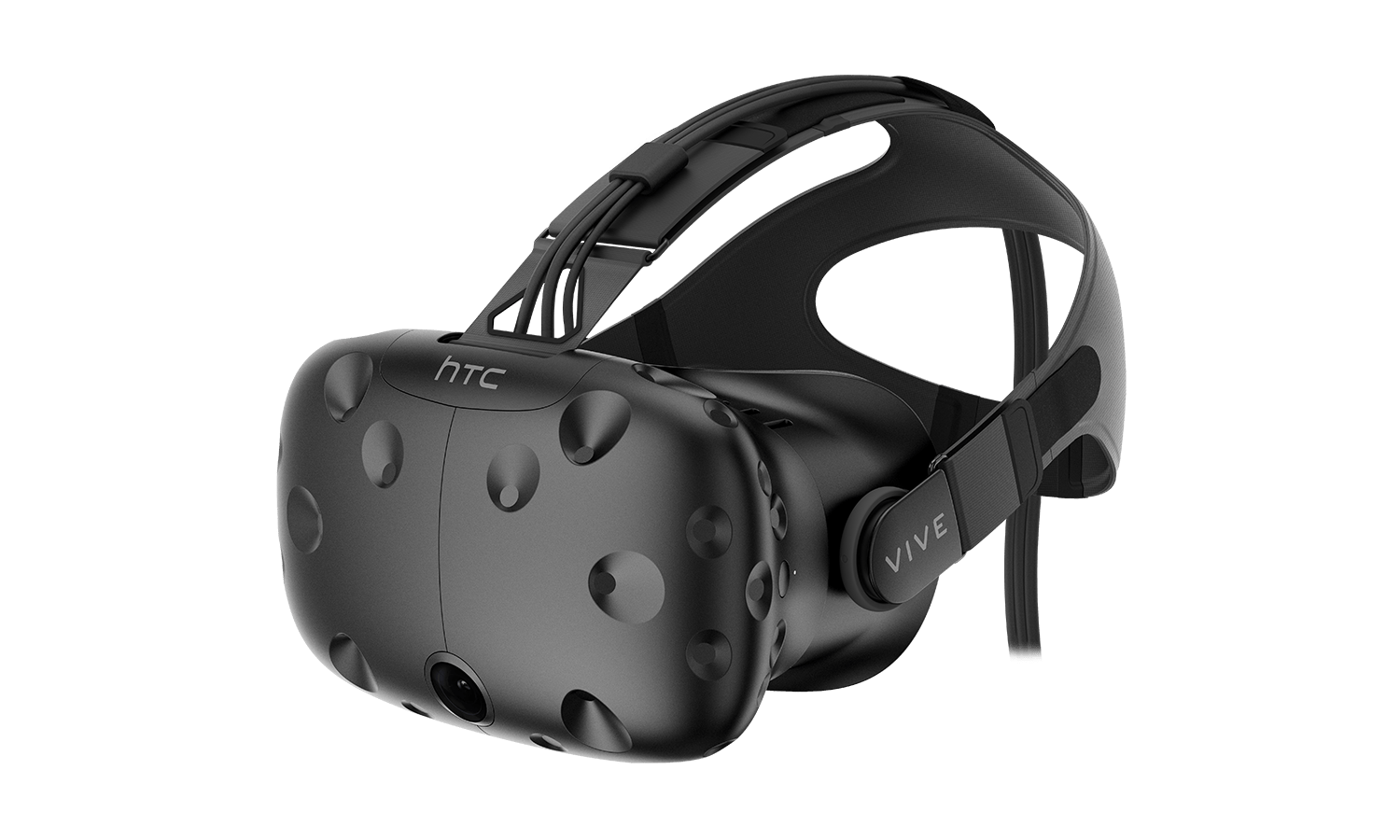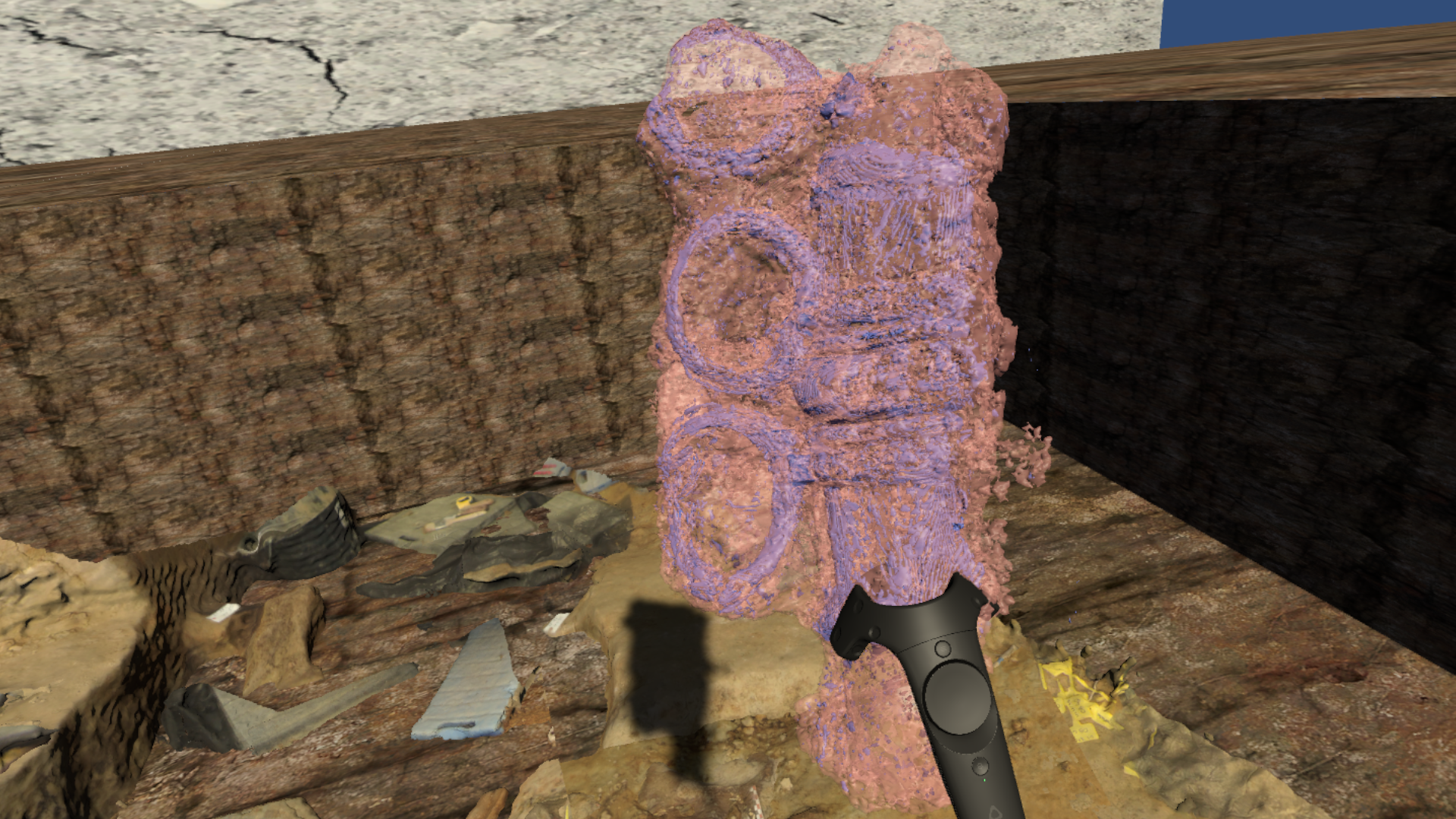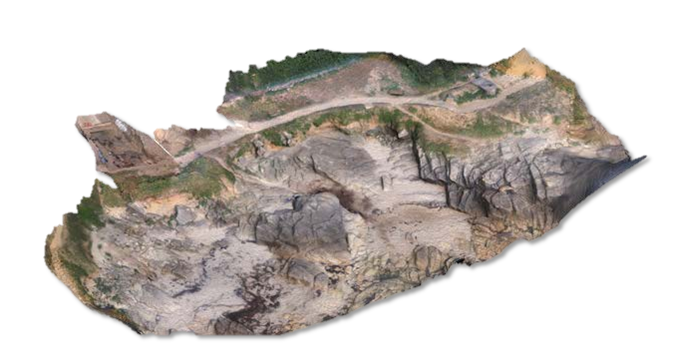Welcome to Virtual Archaeology
The virtual
reality application
for archaeologists


We have been working with data coming from Beg-er-Vil, an archaeological site located in Morbihan, a Brittany department. Beg-er-Vil is the oldest coastal accomodation in Brittany, which was formerly occupied by hunter-gatherers during mesolithic era. The period of occuption is estimated between 6200 and 6000 BC. Even though no grave was found in Beg-er-Vil, human bones from the same era have been found near the excavation, along the coast. The unique environment of Beg-er-Vil led to a really good preservation of the remaining bones, which favoured their discovery by archaeologists.
The Virtual Archaeology project, which has been developing for a few years, has the goal of making the archaeologist life simpler by offering them a numerical working environment. This virtual world allows archaeologists to handle archaeological artefacts whithout risking to damage them, and whithout being endangered (by potential climatic dangers or difficultly reachable location). Moreover, the application offers the possibility of visualising an archaeological site at any moment, even if it is no more accessible for some reasons.

Student working on an artefact in the μRV room (INSA)

X-ray vision of an artefact

Site of Beg-er-Vil
In order to get around the site, you can do it on foot or by chosing a location on a map to teleport yourself there.
You can take measurements from everything you want.
X-ray vision is available for diverse artefacts.
It is possible to make a back-up of the virtual world state, and continue your work whenever you want.
Thanks to the HTC Vive technology, you will benefit from a total immersion.
Archaeological sites have never been such comfortable ! Users won't have to suffer from bad wheather anymore, nor collapsing ruins... and will make the most of an archaeological site at any moment.
This project was realised during the year 2018/2019 as part of the 4th year project in computer sciences.